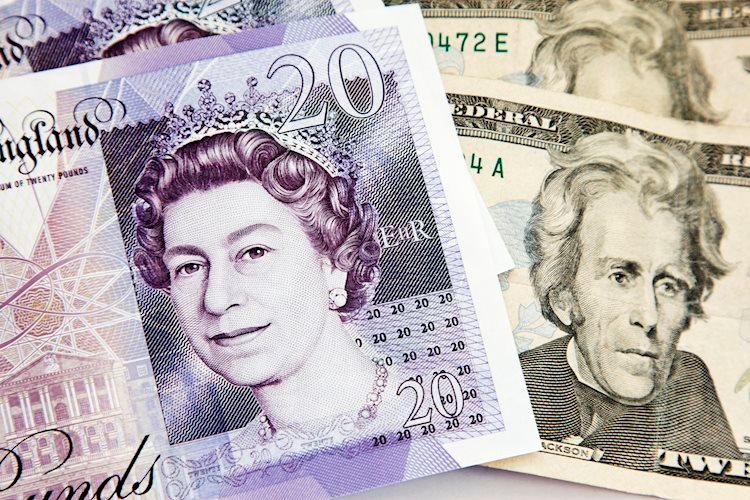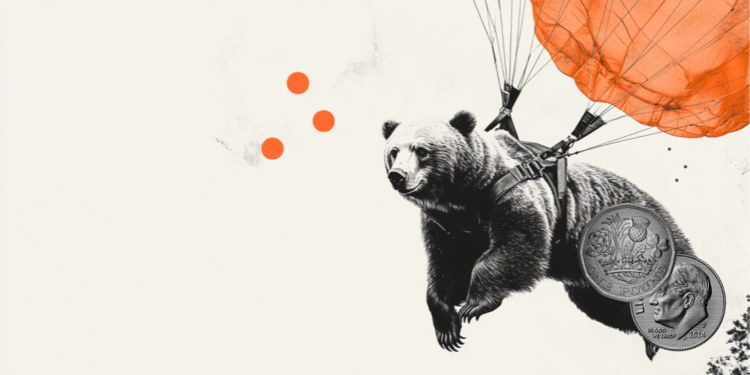An extensive package of statistics on the United Kingdom published on Thursday morning showed mostly better-than-expected data, excluding foreign trade data. However, strong fundamental data failed to support the pound, which appears somewhat exhausted from its growth over the past couple of weeks.
The economy grew by 0.4% in June, against expectations of 0.2%, and it also delivered growth of 0.4% quarter-on-quarter and 1.2% compared to the same quarter a year earlier. The services sector continues to make a positive contribution to the economy, with the index rising by 0.3% in June after 0.1% in May. The industrial production index added 0.7% in June, but this was after an accumulated decline of 1.5% over the previous three months. The UK industrial production index has been drifting around current levels for the past three years.
The construction industry continues to recover, probably supported by monetary policy easing. The corresponding industry activity index is almost entirely on the trajectory it entered after 2013, when the economy recovered from the mortgage crisis.
The pound began to rebound on 1 August after touching the Fibonacci support level of 61.8% of the growth from the January lows to the peak at the start of July. The latest rally of 3.5% from 1.3140 to almost 1.3600 looks like a resumption of growth after a corrective pullback. However, confirmation of this pattern will only come after exceeding 1.3800, the highs at the start of July.
For now, we are seeing a very strong wave of resistance at current levels, which has been stopping and reversing the pound’s growth against the dollar since the end of May, apart from a brief breakout at the end of June. If this year’s highs are updated, it will be a serious breakthrough, opening growth potential to 1.48–1.50 with intermediate stops at 1.4250.
On Thursday, the pound is struggling to rise against the dollar due to the latter’s strengthening and accumulated fatigue from growth since the beginning of the month. However, the pound feels quite confident against the euro, rolling back EURGBP to 0.8600 — lows since early July — confirming the strength of two-year resistance.







